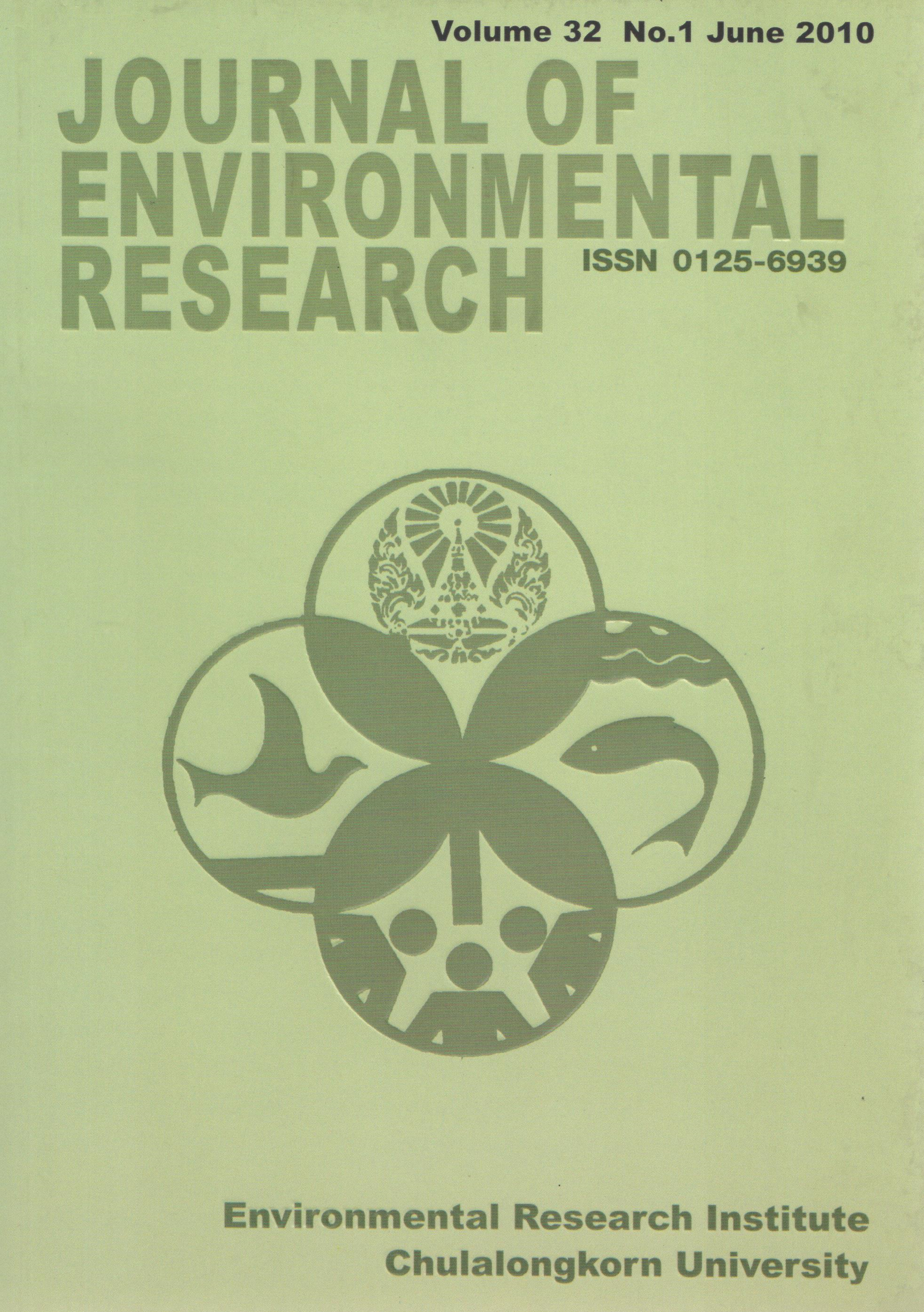Durian Peel as Biosorbent for Removal of Cadmium Ions from Aqueous Solution
Main Article Content
Abstract
The ability of durian peel to remove Cd(II) ions from aqueous solution by biosorption was investigated. The sorption capacities at different solution pH, agitation speed, temperatures, initial cadmium ions concentrations and contact time were evaluated on a batch scale basis. At pH 5 and agitation speed 150 rpm, the cadmium ions removal reached at a maximum value. Increases in cadmium capacity with increasing temperature indicated endothermic nature of the biosorption process. The equilibrium was better described by the Langmuir isotherm model, with a maximum biosorption capacity of 18.55 mg g-1. The biosorption was relatively quick about 15 min to reach the equilibrium. Biosorption kinetics followed a pseudo-second-order model. Desorption experiments indicate that the desorption efficiency using 0.1 N HCl, HNO3 and H2SO4 aqueous solution were 96.58, 89.90 and 85.92 %, respectively. Fourier Transform Infrared Spectroscopy revealed that carboxyl, hydroxyl, and amide groups on the durian peels' surface involved in the adsorption of the cadmium ions as well as morphological aspects. Biosorption by durian peel has potential to serve as a remover of Cd(II) from wastewater.
Article Details

This work is licensed under a Creative Commons Attribution-NonCommercial 4.0 International License.
Published articles are under the copyright of the Applied Environmental Research effective when the article is accepted for publication thus granting Applied Environmental Research all rights for the work so that both parties may be protected from the consequences of unauthorized use. Partially or totally publication of an article elsewhere is possible only after the consent from the editors.

